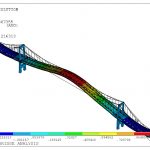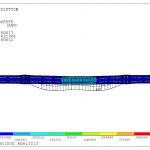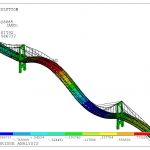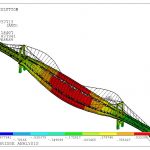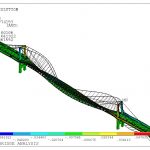Introduction
I had the opportunity to work in collaboration with the University of Exeter in a research project for uncertainty quantification of the Tamar bridge. Involved collaborators are Dr. Robert Westgate, Dr. Ki Young Koo and Professor James Brownjohn.
Tamar bridge is a long-span suspension bridge built between Saltash and Plymouth, UK.

Its relevance as a connecting infrastructure justified two long-term monitoring systems, which have been installed in 2000-2008, and a vast amount of data has been collected since then. These sensors include: cable tension readers, a total position system (TPS), accelerometers, anemometers, thermocouples, hygrometers, amongst others.

Structural identification
A detailed FE model has been developed by Robert Westgate, in order to understand how environmental/operational effects change the Tamar bridge structural behaviour. The objective of the project was to use the model and monitored data to 1) identify unknown structural properties, and 2) quantify the inadequacy of the model relatively to monitored data. The pictures shown below display some of the mode shapes that were used during the structural identification.
Subsequently, a number of structural parameters have been inferred based on monitored and simulated data. These are the bridge main and side cables initial strain, and the stiffness in the moving parts (bearings) of the Saltash bridge tower. The following animation shows a sampling algorithm estimating a three dimensional probability distribution of these parameters.
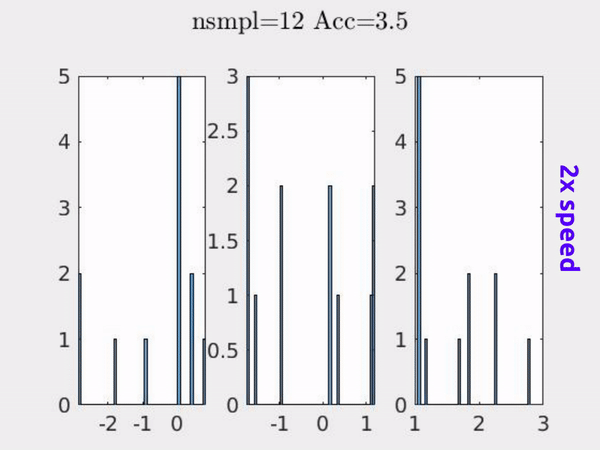
Furthermore, the monitored/simulated data allows to estimate a discrepancy function. The patterns and correlations of this function provide a rich information basis for model updating of the Tamar bridge FE model.
![]()
